Mr. Nhu Van Can, Deputy Director of the Department of Fisheries and Fisheries Control ( Ministry of Agriculture and Environment ) said that tilapia is an aquatic species with economic value, a food with high protein content and is favored by domestic and international consumers.

Mr. Nhu Van Can, Deputy Director of the Department of Fisheries and Fisheries Control (Ministry of Agriculture and Environment), said that in Vietnam, tilapia farming has a history of research and development of more than 20 years, with many significant advances. Photo: Hong Tham .
In terms of development potential, this is a fish species that can adapt widely to many ecological conditions, can be raised in rivers, lakes, ponds, lagoons, even in brackish and saltwater environments, in many forms such as cage farming, direct farming in ponds.
In Vietnam, tilapia farming has a history of research and development of more than 20 years, with many significant advances in breeding, creating monosex tilapia and forming high-yield, high-quality fish lines.
In particular, recently, the market is opening up many new opportunities, creating favorable conditions for tilapia to become one of the key export products of Vietnam's seafood industry.
Currently, many businesses and cooperatives have boldly invested in raising, processing and exporting tilapia, initially forming quite effective production - consumption chains.
Mr. Le Van Viet, Chairman of the Board of Directors and General Director of Xuyen Viet Production and Trading Joint Stock Company, informed that, in fact, recently, Vietnam has had more opportunities thanks to the US imposing taxes on tilapia products imported from China.
"This factor helps us see more clearly the market picture and position of Vietnamese tilapia. This is a product that fully meets the criteria, from nutritional value, scope and target users, to a price suitable for many consumer segments."
Xuyen Viet Company was established in 2011 and since its inception, it has identified tilapia as the main target in its development strategy. In the early years, "one tree cannot make a forest", the enterprise encountered many difficulties, but persevered step by step, from the stage of producing seeds, large-scale commercial farming to applying advanced technologies such as floating ponds, rivers in ponds, biofloc...
Recently, Xuyen Viet continues to expand and deploy the mud-free tilapia farming model, aiming to upgrade the product to Emperor tilapia - a symbol of high quality and value. For Xuyen Viet, tilapia is not only an economic product but also the soul, a symbol of the perseverance and aspiration of the enterprise.
Mr. Pham Anh Tuan, member of the Standing Committee of the Vietnam Fisheries Association, affirmed: "We have made great efforts to exploit and promote the available potential and advantages to develop the tilapia farming industry, but reality shows that these potentials have not been fully exploited, not commensurate with the conditions and opportunities that Vietnam has."
Firstly, many water surface areas with great potential for aquaculture development in general, including tilapia, have not been effectively exploited.
For example, the system of reservoirs with a very large area, about 200,000 hectares, can be completely exploited to develop fish farming, in which tilapia is a subject with a lot of potential.

By 2024, the country's tilapia farming area will reach 42,716 hectares, with an output of more than 316,000 tons. Photo: Hong Tham .
Second, brackish and salty coastal areas also have great potential for development. Here, tilapia farming can be combined with many different systems and under these conditions, tilapia can bring different values compared to conventional farming models. However, we have not really strongly promoted this development direction.
"Thirdly, tilapia not only affirms its position in the domestic market but also has great potential in the export market. Domestically, we have achieved remarkable results, however, for export, the tilapia industry is only in the stage of laying the first foundations," Mr. Tuan added.
According to the report of the Department of Fisheries and Fisheries Surveillance, in 2024, the tilapia farming area nationwide will reach 42,716 hectares, with an output of more than 316,000 tons and an export turnover of 40 million USD.
Notably, in the first 8 months of 2025, tilapia exports reached 63.3 million USD. This result shows the strong recovery and great growth potential of the Vietnamese tilapia industry, while also requiring more systematic investment in breeds, farming technology, deep processing and building a national brand, aiming for sustainable development and expanding high-value export markets.
Source: https://nongnghiepmoitruong.vn/ca-ro-phi-viet-nam-nhieu-loi-the-nhung-chua-but-pha-d782970.html









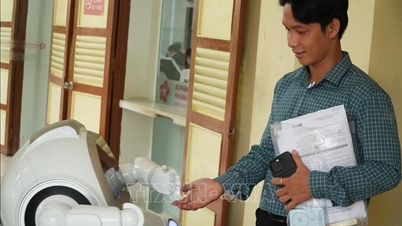





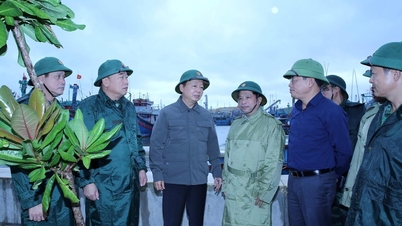














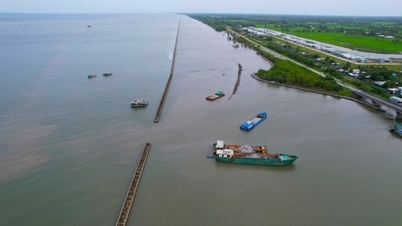


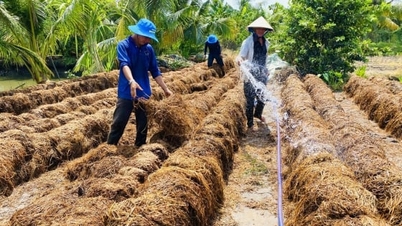



![[Photo] "Ship graveyard" on Xuan Dai Bay](https://vphoto.vietnam.vn/thumb/1200x675/vietnam/resource/IMAGE/2025/11/08/1762577162805_ndo_br_tb5-jpg.webp)

![[Video] Hue Monuments reopen to welcome visitors](https://vphoto.vietnam.vn/thumb/402x226/vietnam/resource/IMAGE/2025/11/05/1762301089171_dung01-05-43-09still013-jpg.webp)































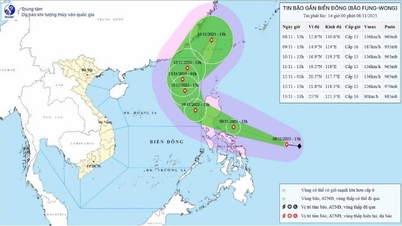












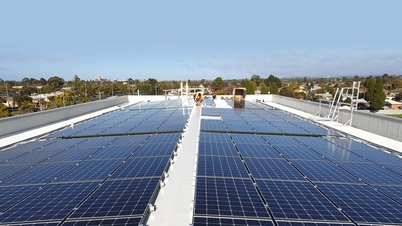




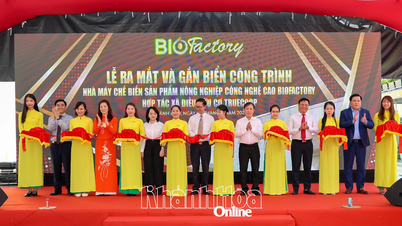


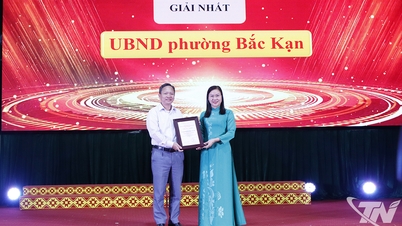

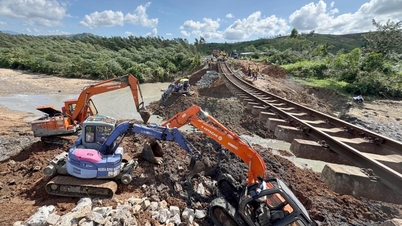
















Comment (0)